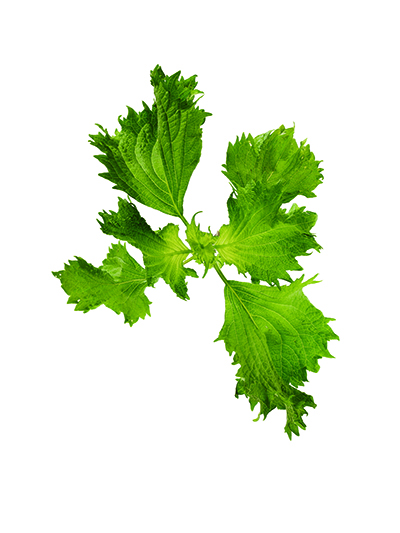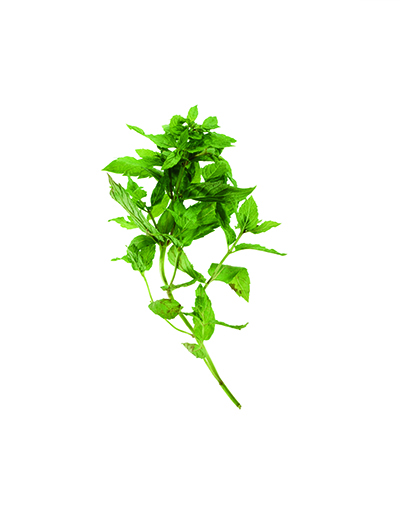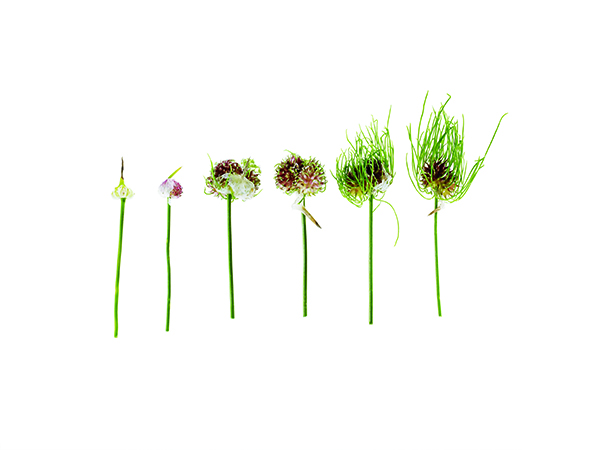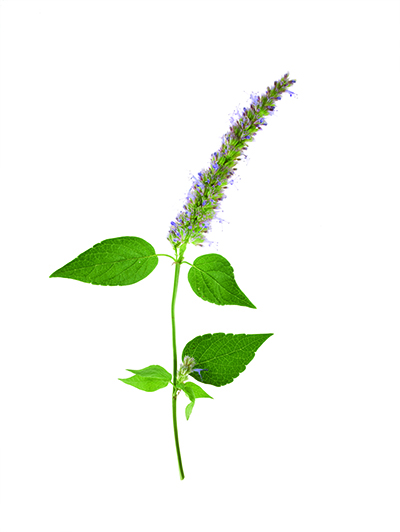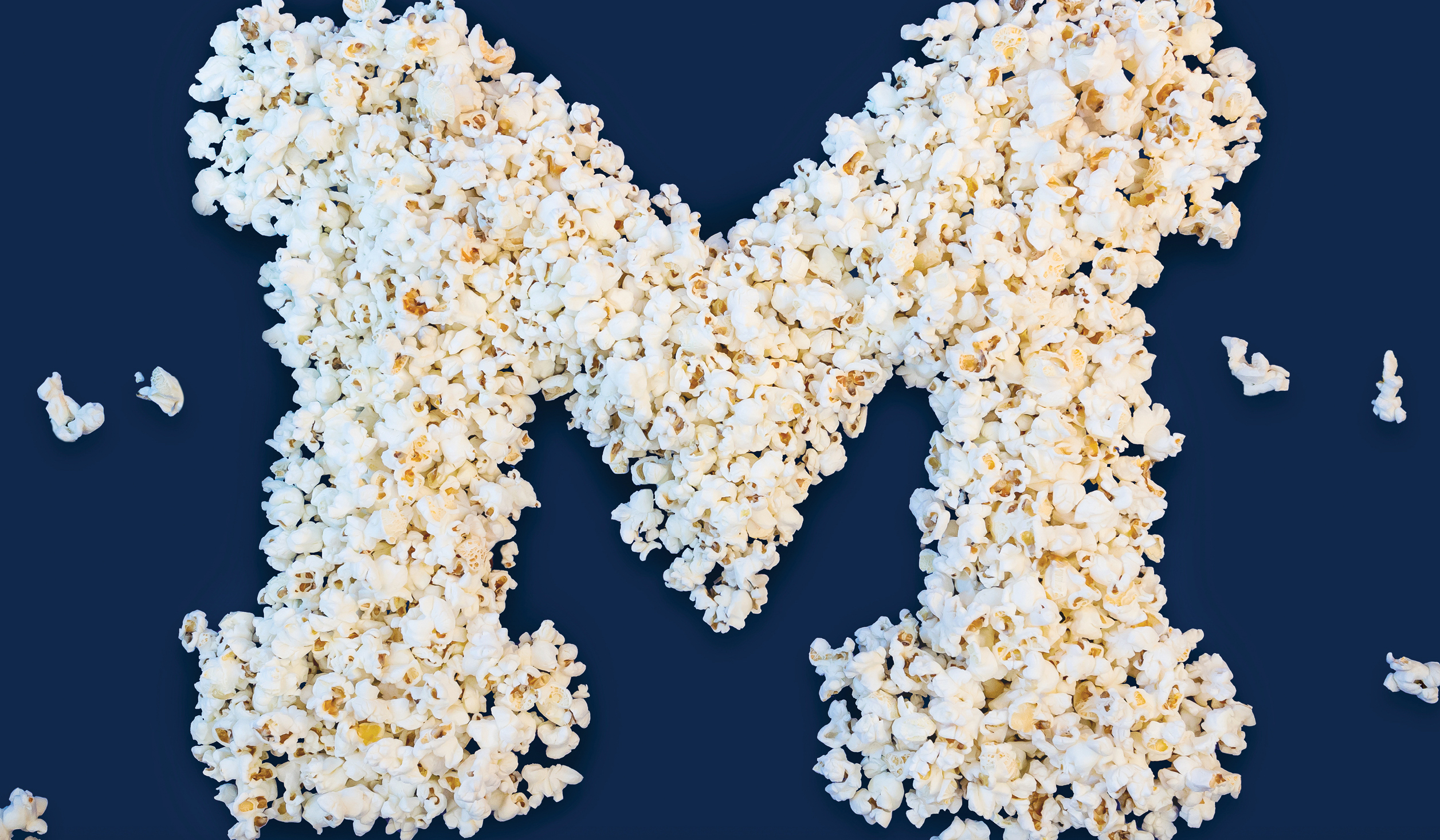In the late 1990s, I had one particularly flavorful guest on my show at the time: the urban naturalist Steve Brill. To this day, he still leads foraging tours of edible plants in New York City. Somehow, I never did go out foraging with him. The prospect of dodging dog poop and rats in Central Park to find a pristine stalk of dandelion did not appeal to me.
Then, last year, I taped a piece for my current show about Tama Matsuoka Wong. Her unusual story rekindled my interest in foraging. Three years ago, she quit her job as a financial lawyer to become a full-time forager of wild plants for five-star restaurants. Now, she runs a wild-food business in the New York City area and has co-authored two books, “Foraged Flavor” (Clarkson Potter, 2012) and “Scraps, Wilt & Weeds” (Hachette Book Group, 2017).
I recently interviewed Tama to learn why we should all try foraging.
Why and how did you start foraging?
I was pretty much a failed gardener. Everything I planted died or never came up. I started trying to figure out what was growing naturally in my meadow. In the process, I discovered that naturalists and ecologists were already working to bring back the diversity of wild-native plants instead of planting manicured ornamental gardens.
I became obsessed with wild plants and their relationship to the land and to plant communities. It is also a productive and fun way to restore landscapes and to enjoy the so-called “weeds” everyone wants to pull out. On a more personal level, foraging is a skill, a lifestyle, a reconnection.
How did you end up being a purveyor of wild plants for chefs?
When I started foraging, I found the options for eating these weeds very limited. The field guides suggested three ways to use them: in a salad, in tea, or boiled three times.
In 2009, friends invited me to dine with them at Restaurant Daniel in New York. They urged me to bring some plants to show the chefs. I dropped off some anise hyssop with the restaurant’s receptionist the morning of our reservation. At dinner that evening, Eddy Leroux, the chef de cuisine, and Dominique Ansel, then the head pastry chef, had turned it into two amazing dishes for us. Eddy wanted to try everything in my fields. He was looking for new flavors, and I was looking for recipes.
The two of us teamed up on a project to discover the culinary possibilities of edible wild plants, which turned into the book “Foraged Flavor.” After that, chefs started asking me for wild produce and the business just kept growing.
What advice do you have for a first-time home forager?
Start in your own backyard with things that are easy to identify: wild mints, sorrel, wild garlic, chives, dandelion. Pay attention to its texture and color, just as you do when buying produce at a farmers market. Then take a photo and show it to your local environmental center, botanical garden, or university to identify it. You can also try posting it on a foraging social media site or contact me via my website (www.meadowsandmore.com).
Any suggestions for home cooks about how to best use foraged items?
Keep foraged items in the fridge, and use them just as you would a more traditional ingredient. You can substitute a green edible wild plant, like amaranth (pictured on the plate at top), for broccoli or spinach in a dish. Look at the texture. If it is thick and fibrous—like lamb’s quarter, purslane, or nettles—chop it up and cook it. If it is more delicate, like yellow wood sorrel, eat it raw. In my house, we cook a lot of Asian dishes and it’s easy for us to put wild greens in fried rice, noodles, or tempura. There are good recipes on my website, on Serious Eats (www.seriouseats.com), and on Food 52 (www.food52.com).
Cookbook author Sara Moulton (saramoulton.com) is currently the host of the public television show “Sara’s Weeknight Meals.”
Forage
Carefully
Some commonly found mushrooms are poisonous. Ask an expert before eating them.
Do not forage on the side of a highway or in any other obviously polluted site.
Avoid plants whose leaves resemble carrot leaves. It could be a poison hemlock.
Beyond your own property, always get permission to forage. Ask about the property’s ecological history.
Avoid creeks and plants growing in water. A lot of fresh water has bacteria and parasites.
Foraging is a year-round activity that is best in spring. Avoid foraging when snow and ice cover the ground.


